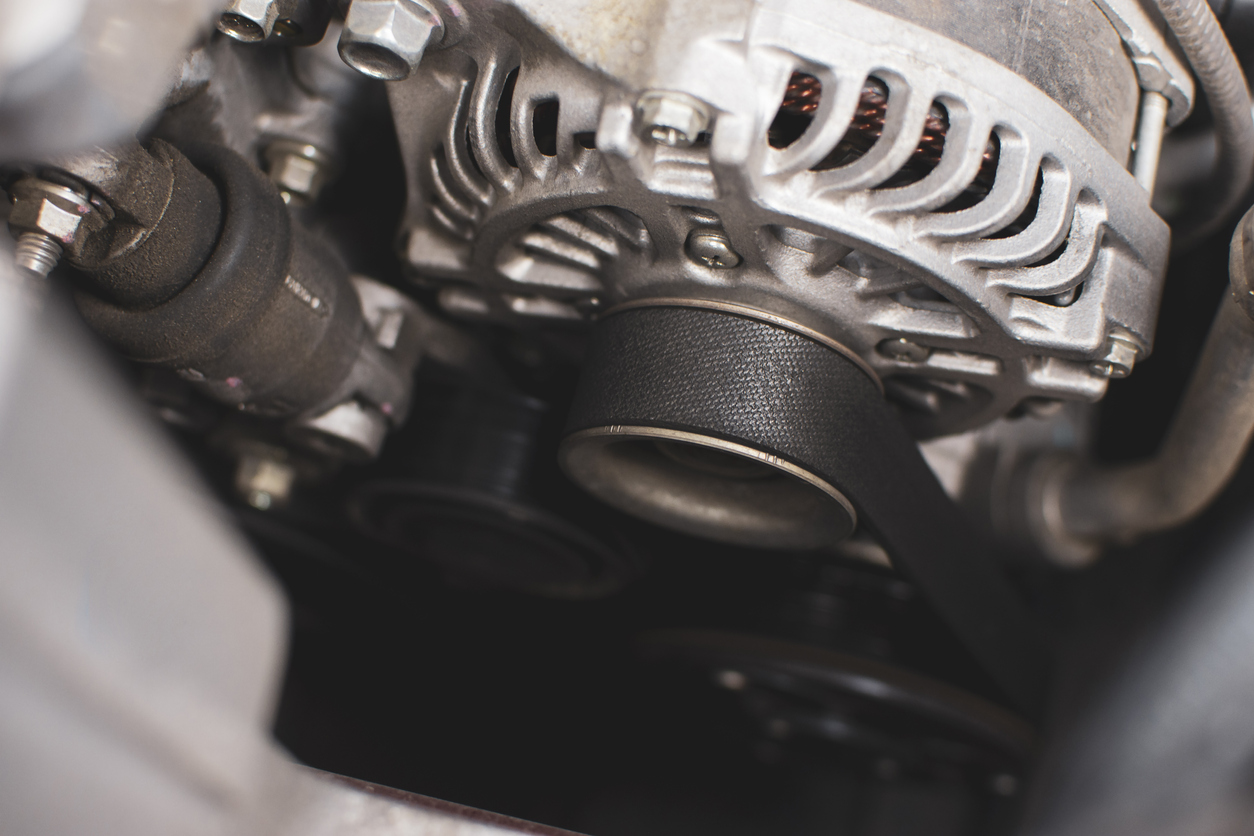Feb 26, 2020

A timing belt is a rubber belt with teeth located inside of the engine and needs to be lubricated by the oil in the engine, making oil maintenance important as well. Every time you use the engine, the timing chain is in use.
If your car has a timing chain instead of a timing belt, a timing chain will rarely need to be replaced. If you don’t know what your car has, you can find all this information in the owner’s manual or just ask a mechanic.
A timing belt synchronises the rotation of the crankshaft and camshaft ensuring the proper timing and allows the engine’s valves to open and close during each cylinder’s firing.
Over time, your timing belt will stretch due to internal component wear. The chain’s tensioner or guides connected to the chain may wear out also, causing the belt to fail completely.
The recommended time for a timing belt replacement is anywhere between 70,000 to 100,000 miles unless a specific problem arises. Timing belt issues are common in higher mileage vehicles.
Timing belt noises are very noticeable during start-up when oil pressure and flow is at its lowest. Excess slack on a timing belt will cause a rattling nose or even a clanking noise depending on how severe the slack. If the timing belt wear is great enough so the hydraulic timing belt tensioner cannot compensate for the slack, the noise will continue after starting up.
Most timing belts will be hidden behind covers and engine parts, and because of this, it’s hard to perform a visual inspection of your timing belt.
When a timing belt breaks or fails, the engine will not start or run, and the car needs to go in for repair. In most cases, major engine damage occurs due to the pistons not coming into contact with the valves.
The average cost of timing belt replacement can be anywhere from £300 - £500, but the price will all depend on if the belt has caused any other damage and the make, age and model of your car.
Timing belts aren’t easily accessible, which makes for an intensive labour job. When it’s time to replace your timing belt, you may need to consider replacing additional parts such as the tensioner, idler arm and water pump as these are also difficult to access. Replacing your timing belt is a lot less expensive than replacing an engine that is damaged because of a broken timing belt.
If you have been experiencing issues with your timing belt and need to have it replaced, you can get quotes from local mechanics in your area with MyCarNeedsA.com!